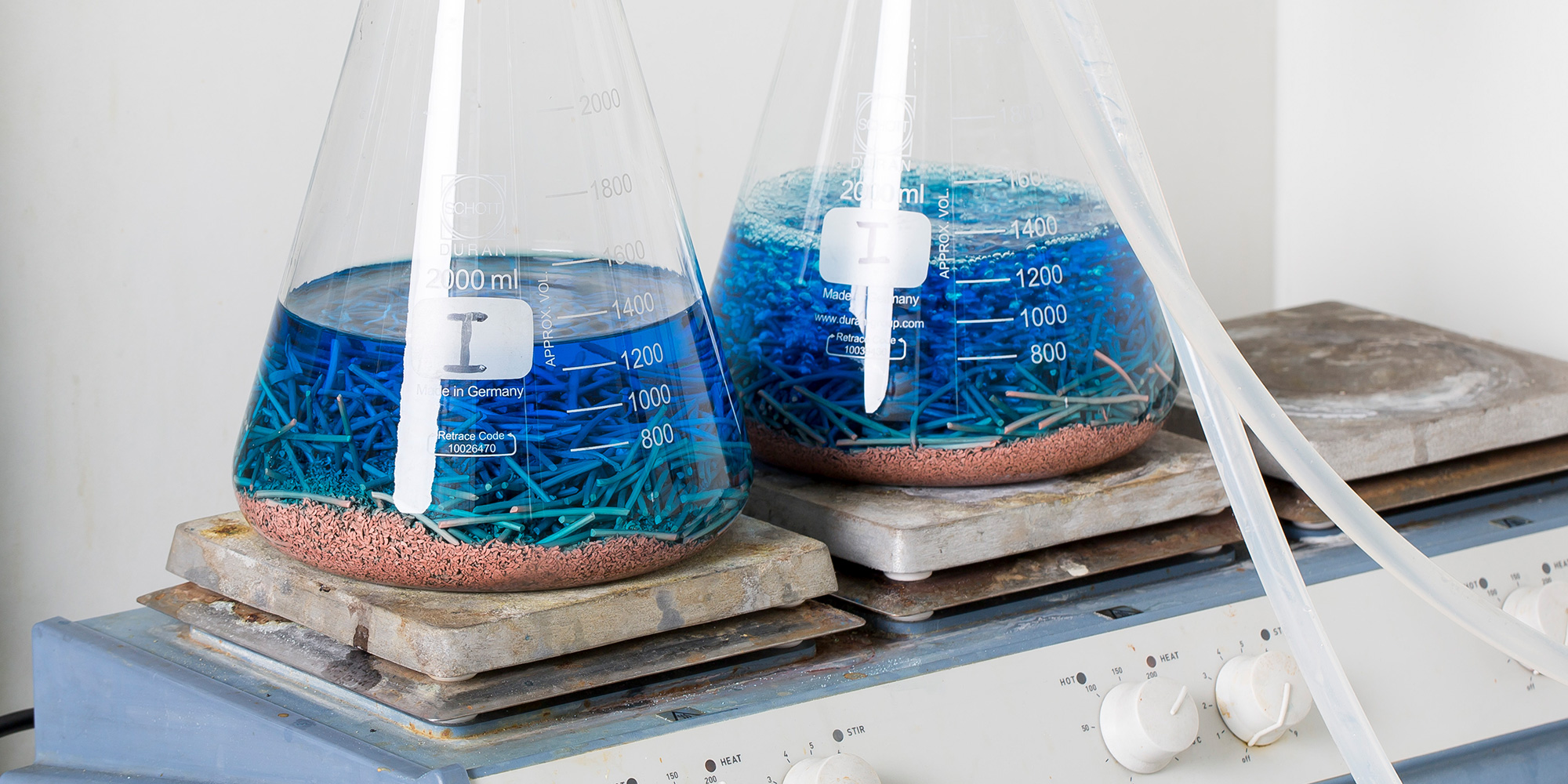GOST 9.401 Atmospheric Corrosion Resistance Test
The GOST 9.401 test is a comprehensive atmospheric corrosion resistance assessment designed to evaluate the durability of materials and coatings in harsh environmental conditions typical of oil and gas operations.
This testing method is critical for ensuring that the infrastructure used in the extraction, transportation, and processing of oil and gas remains robust against corrosive elements. In environments where humidity, temperature fluctuations, and exposure to pollutants are common, GOST 9.401 provides a standardized approach to determine how well materials withstand these conditions.
The test is particularly relevant for sectors such as offshore drilling platforms, pipelines, storage tanks, and refineries. Materials like steel, stainless steel, aluminum, and various coatings need to demonstrate high resistance to atmospheric corrosion, which can significantly impact operational efficiency and safety if not addressed properly.
For quality managers and compliance officers, understanding the intricacies of GOST 9.401 is essential for ensuring that materials meet stringent international standards. This testing method helps in optimizing material selection by identifying those with superior corrosion resistance properties. R&D engineers can benefit from this test to innovate new coatings or alloys that enhance durability.
Procurement teams, on the other hand, use GOST 9.401 results to ensure suppliers adhere to quality standards and deliver materials capable of performing reliably under atmospheric conditions. The test involves subjecting specimens to a specific set of environmental conditions over an extended period, allowing for precise measurement of mass loss or dimensional changes.
The importance of this test cannot be overstated. It plays a pivotal role in maintaining the integrity of oil and gas facilities, thereby ensuring long-term operational effectiveness and safety. By adhering to GOST 9.401 standards, organizations can minimize maintenance costs and extend the lifespan of their assets.
Understanding the real-world implications of this test is crucial for effective decision-making in material selection and quality assurance processes. The following section delves deeper into why such testing matters in the context of oil and gas operations.
Why It Matters
The GOST 9.401 test is vital for several reasons, particularly within the challenging environment of oil and gas exploration and production. Atmospheric corrosion can lead to significant structural degradation, which in turn increases operational costs and poses safety risks.
- Reduces maintenance: By identifying materials with superior corrosion resistance early in the procurement process, companies can reduce ongoing maintenance costs associated with replacing corroded components.
- Enhances safety: Corrosion in critical structures like pipelines and storage tanks can lead to leaks or failures. GOST 9.401 helps ensure that materials used are robust against these environmental stresses, thereby enhancing overall facility safety.
- Promotes sustainability: Materials with high resistance to atmospheric corrosion help extend the life of equipment, reducing waste and the need for frequent replacements, thus contributing positively to environmental sustainability.
Furthermore, compliance with GOST 9.401 standards is essential for regulatory adherence in countries that adopt this standard. This ensures that facilities meet international best practices and can operate efficiently without running afoul of legal requirements.
The test also supports innovation by providing a benchmark against which new materials or coatings can be evaluated. This helps drive technological advancements in corrosion-resistant materials, ultimately benefiting the entire industry.
Scope and Methodology
The GOST 9.401 test is conducted under controlled conditions that simulate atmospheric exposure as closely as possible. Specimens are typically exposed to a combination of high humidity, temperature fluctuations, and pollutants such as salt spray or industrial emissions.
Specimen preparation involves cleaning the material to remove any contaminants before exposing it to the test environment. The duration of exposure can vary depending on the specific requirements of the project, but it is generally conducted over a period of several months up to two years, with regular monitoring and measurement of mass loss or dimensional changes.
The test apparatus includes environmental chambers that are capable of simulating various atmospheric conditions. These chambers are equipped with sensors to monitor temperature, humidity, and other relevant parameters. The specimens are placed in these chambers and exposed to the desired environment for the specified duration.
Once the exposure period is complete, the specimens are removed from the chamber and thoroughly cleaned. Mass loss is measured using precision scales, and dimensional changes are assessed using calibrated measuring instruments. These measurements provide a quantitative assessment of the corrosion resistance of the materials under test.
The acceptance criteria for this test are based on predefined limits for mass loss or dimensional change. If the specimen meets these criteria, it is considered to have adequate atmospheric corrosion resistance. Compliance with GOST 9.401 ensures that materials and coatings used in oil and gas operations can withstand harsh environmental conditions effectively.
Customer Impact and Satisfaction
- Enhanced Productivity: By ensuring that materials meet the stringent requirements of GOST 9.401, companies can minimize downtime caused by maintenance and repairs. This leads to higher productivity levels across the organization.
- Better Quality Assurance: Customers benefit from a more reliable supply chain as suppliers are held accountable for delivering products that meet high standards. This fosters trust between manufacturers and end-users.
- Environmental Benefits: Long-lasting materials reduce waste generation, contributing to environmental sustainability. This aligns with global efforts towards reducing carbon footprints and promoting green practices.
The GOST 9.401 test ensures that the products used in oil and gas operations are robust against atmospheric corrosion, thus enhancing the overall quality of services provided by these organizations. Satisfied customers report improved reliability and reduced costs associated with maintenance and replacements.





